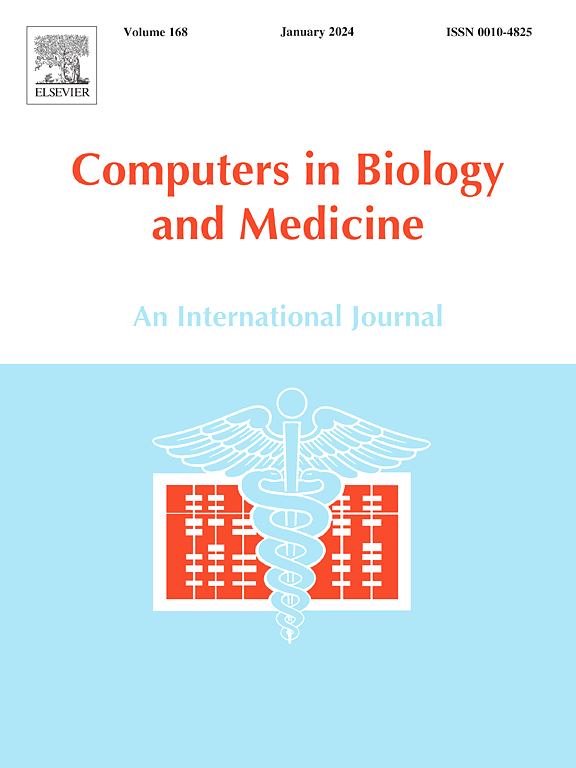Influence of variance reduction techniques on conventional radiotherapy simulations with TOPAS MC
IF 7
2区 医学
Q1 BIOLOGY
引用次数: 0
Abstract
Purpose
This study aims to apply Geometrical Particle Splitting (GPS) and Importance Sampling (Ant Colony Method) as variance reduction techniques (VRT) to improve computational efficiency in Monte Carlo calculations of the conventional radiotherapy beam quality index, TPR20,10.
Methods
The TOPAS was used to simulate a setup to determine the PDD20,10 ratio using a water phantom at a source-to-surface distance of 100 cm and a 10 × 10 cm2 field. TPR20,10 values were calculated for each simulation using the 6 MV Elekta Precise linear accelerator IAEA phase space as source. Control simulations without VRTs provided a baseline. The influence of the number of split planes was evaluated for both techniques. The effects of VRT on photons and electrons were evaluated, focusing on computational efficiency compared to simulations without VRT. A Z-test assessed bias by checking compatibility between simulated and experimental TPR20,10 values.
Results
TPR20,10 results were validated for 3 σ compatibility with experimental data. The GPS technique's best results showed an efficiency gain factor of 4.01. Applying the technique to only photons or both photons and electrons did not yield significant differences. In Importance Sampling, the best results achieved a gain factor of 16.91 for both photons and electrons, but only yielded 0.75 for electrons alone.
Conclusions
VRTs significantly improved computational efficiency, though their effectiveness depends on geometry and particle selection. When applied carefully, these techniques enhance precision without greatly increasing processing time.
求助全文
约1分钟内获得全文
求助全文
来源期刊

Computers in biology and medicine
工程技术-工程:生物医学
CiteScore
11.70
自引率
10.40%
发文量
1086
审稿时长
74 days
期刊介绍:
Computers in Biology and Medicine is an international forum for sharing groundbreaking advancements in the use of computers in bioscience and medicine. This journal serves as a medium for communicating essential research, instruction, ideas, and information regarding the rapidly evolving field of computer applications in these domains. By encouraging the exchange of knowledge, we aim to facilitate progress and innovation in the utilization of computers in biology and medicine.
 求助内容:
求助内容: 应助结果提醒方式:
应助结果提醒方式:


